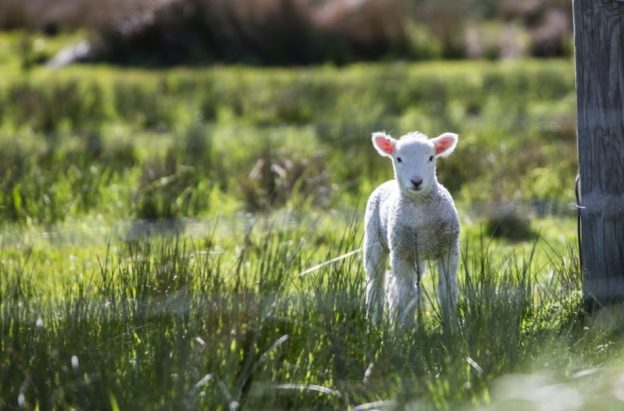We are a family run establishment working to provide high quality goods for every client. Our focus is on agricultural items. These can help with areas like animal health. For farmers especially, keeping animals in top condition is vital. With our help, this task will be much easier for you.
One detail you will want to focus on for the sake of lamb health is colostrum. It comes with a sticky, thick consistency. This is down to the solids in it being over double that of what you get in standard ewe’s milk. Those extra solids come from additional proteins called immunoglobins (IgGs). Also, there is a 15% fat content that supplies the colostrum with high energy values. These are valuable to the lamb.
An immunological disadvantage
When they are born, lambs have an immunological disadvantage. This is because the immunoglobins cannot pass through the placenta to the lamb in the pregnancy. In this state, they are especially vulnerable to diseases. During the initial two hours of life, the gut is 20-30% effective at absorbing IgGs. Although, the ability of the gut decreases to 0% after 24 hours. Due to this, lambs need to receive colostrum soon following birth. With it, they can absorb enough antibodies to lower the dangers of mortality and disease.
Colostrum is rich in energy and nutrients needed for promoting warmth and growth in the lambs. This is during the first few hours of life, lowering the risk of hypothermia. Furthermore, it functions as a natural laxative. It helps stimulate natural movement in the lamb’s digestive tract. If you need animal health products for your own needs, let us know.
As for how much you should feed lambs, we will go over that next. Newborns should get small and regular feeds with a total of 50ml/kg bodyweight every time. A minimum of 210ml/kg bodyweight should be fed in the initial 24 hours. For lamb livestock that you rear outside, you can increase colostrum allowance by 15-20%.
Managing colostrum
Knowing how to manage colostrum is also vital. You should feed it warm at 39º. Avoid microwaving it as well, and heating it directly to a temperature exceeding 45º. This will result in the protein within degrading, ruining antibodies. Harvest colostrum using clean hands and gloves when lambs are born with a permeable gut membrane to permit IgG uptake. This also leaves the gut vulnerable to pathogens. To avoid contamination, cleanliness is essential.
With fresh colostrum, you should use it straight after being collected. However, it will remain fresh in the fridge (4º) for as long as seven days. Moreover, it will stay effective when frozen (-18 to -20) for as long as six months. It is advantageous to store it in small quantities for easy defrosting. Once you defrost, you can’t refreeze it.
Clostridial disease and Pasteurella are among the most common causes of death among lambs. Vaccinating ewes and providing their booster four weeks prior to lambing enables passive immunity through the colostrum. Some vaccines cover Clostridial and Pasteurella diseases. Others differ in the amount of Clostridial diseases they safeguard against. The passive immunity against Pasteurella lasts only three weeks. For Clostridial diseases, it varies between eight and twelve weeks. This depends on the product.
Shop with us for animal health products
At JS Hubbuck Ltd, we have plenty of merchandise to help you with keeping animals healthy. If you are someone in charge of overseeing livestock, you will want to keep our products in mind. Not only are they high in quality, but they are reasonably priced too.
So, if you’d like to do business with us to order animal health products, please let our team know. We can offer suggestions if you need help.

